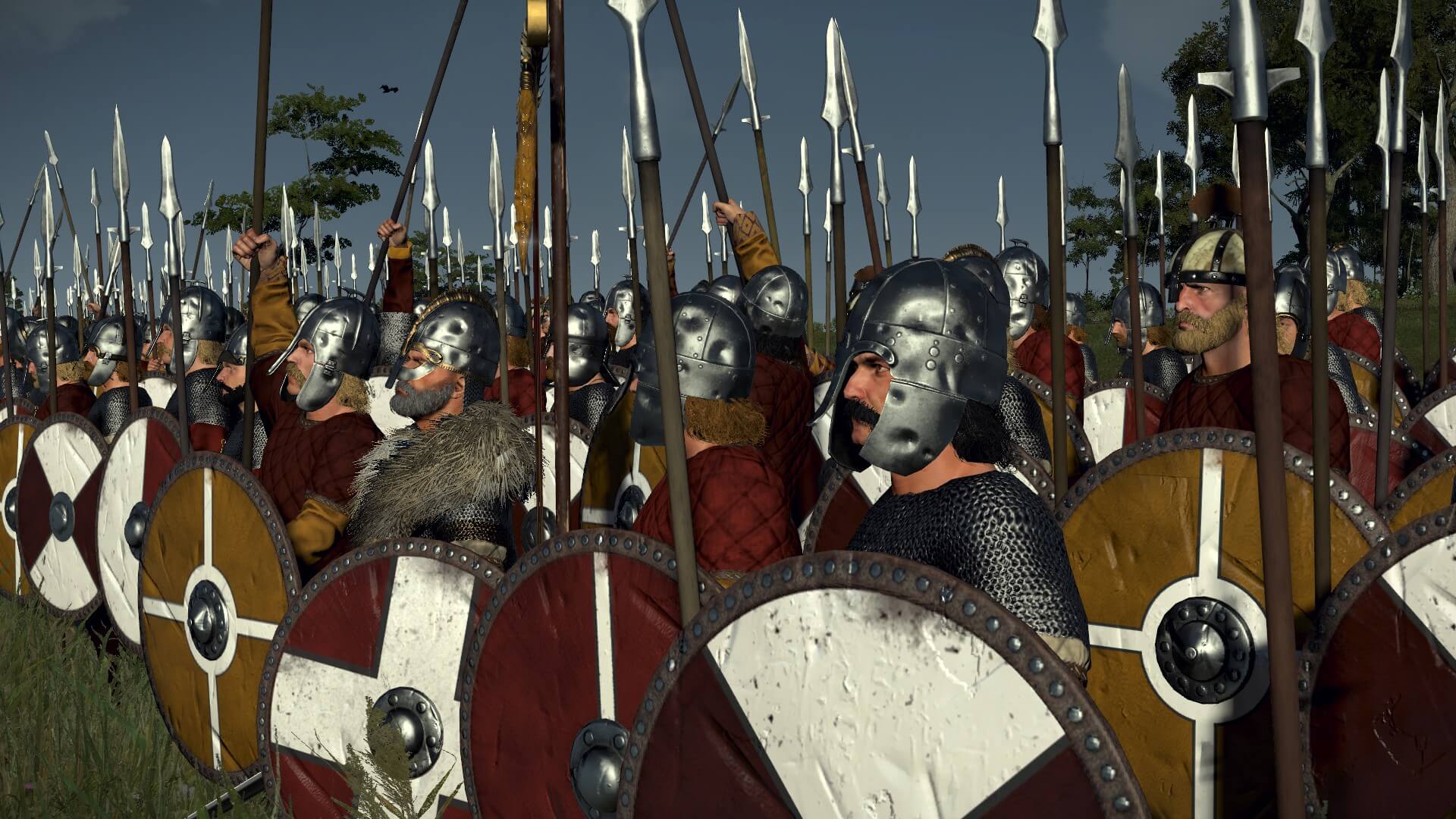



Who is considered a potential participant depends on the exact nature of the play, but usually it includes any country with an Interest in the Strategic Region where the Play is taking place as well as countries that have a strong diplomatic reason to get involved (such as allies or the overlord of the defender). First, the country that is being targeted is of course notified, along with any countries that are considered Potential Participants in the play. Once a Diplomatic Play is started, there’s a number of things that happen immediately. In fact, unlike other GSGs, Victoria 3 has no ‘declare war’ button to get what you demand - instead you start a Diplomatic Play, and wars are always preceded by Diplomatic Plays. The way Diplomatic Plays start is the way you would normally start a war in another Paradox Grand Strategy Game - by demanding something from another country, for example that they cede a particular state to you. To fully explain what I mean by that, we’ll go over the mechanics of Diplomatic Plays in sequence - how they start, how they play out, and finally how they are resolved. Well, diplomacy at the point of a gun is exactly what Diplomatic Plays are, as they allow you to try to achieve any objective normally achievable by war by diplomatically maneuvering to force the other side to give it to you without a fight. That pillar reads as follows: War is a continuation of diplomacy, and everything that is achievable by war should also be achievable through diplomacy (even if that diplomacy sometimes comes at the point of a gun). So what are Diplomatic Plays? Well, to answer that question, I’m going to reach all the way back to Dev Diary #0 and one of the four game design pillars, namely Diplomatic Eminence.

It’s Thursday again and you know what that means - another Diplomacy dev diary! Today’s dev diary is one I’ve been looking forward to writing for some time, as it covers Diplomatic Plays, which we consider to be more or less the signature feature for Diplomacy in Victoria 3.


 0 kommentar(er)
0 kommentar(er)
